For the experienced blind traveler, obstacle avoidance is not the overwhelming part—that’s why we have canes, dog guide and blindness skills. The challenging part is getting familiar with the lay of the land in order to make the spontaneous choices of everyday life, like which quirky cafe to duck into or how to get to the canal everyone keeps telling you to wander along.
And if you’re a sighted traveler, it’s easy to take mapping tools for granted with GPS apps at your fingers. Most people don’t realize that blind people don’t have easy access to non-visual or ‘tactile’ maps. (You might be asking: what’s a tactile map? It’s pretty simple—it’s a map with raised lines and braille markers that you can feel.)
That’s why the LightHouse Media and Accessible Design Lab hosted a Maptime SF/Oakland meetup last month: to teach multidisciplinary designers about accessible methods to use when creating maps and encourage them to incorporate tactile information into their work.
Attendees came from a wide swath of industries and design disciplines. The MAD Lab team hosted designers from Apple, architects from Arup, graphic designers, transportation specialists, programmers, students in interactive design, occupational therapists, special ed teachers, ocean mapping specialists, and highly skilled cartographers.
After comparing and contrasting examples of different design methods and discussing their effectiveness, Maptimers used these precepts to make their own maps. The group also discussed Tactile Maps Automated Production, and how this automated mapping system is a game changer for tactile map production.
“There’s such a lack of tactile graphics in the world,” says MAD Lab Senior Designer Naomi Rosenberg. “The only way to increase tactile graphic production is to teach more people how to incorporate tactile information into their designs. Sharing our expertise in tactile graphics empowers specialists in other fields to step outside of their normal design process, and design better for their audience and underrepresented audiences.”
Photos from the workshop
Take a little tour of their design process below. And if you’re sighted, next time you walk down the street or hop on Google maps, start to consider the lack of non-visual information that is available to tell you how to get around. If you’re a designer, it might just change how you approach your own designs.
Workshops like this support the MAD Lab’s goal of making visual information accessible to people who are blind and visually impaired. Ready to get your hands on your own tactile map? We can quickly create an inexpensive personalized map for you centered on a square mile anywhere in the US – visit or call the Adaptations Store to order! Stop by at 1155 Market St. or give our specialists a call at 1-888-400-8933.

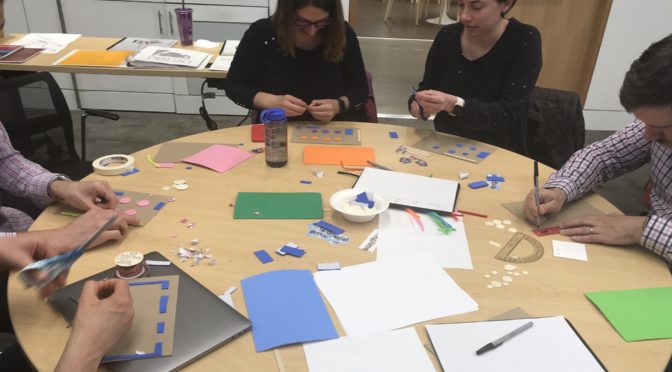
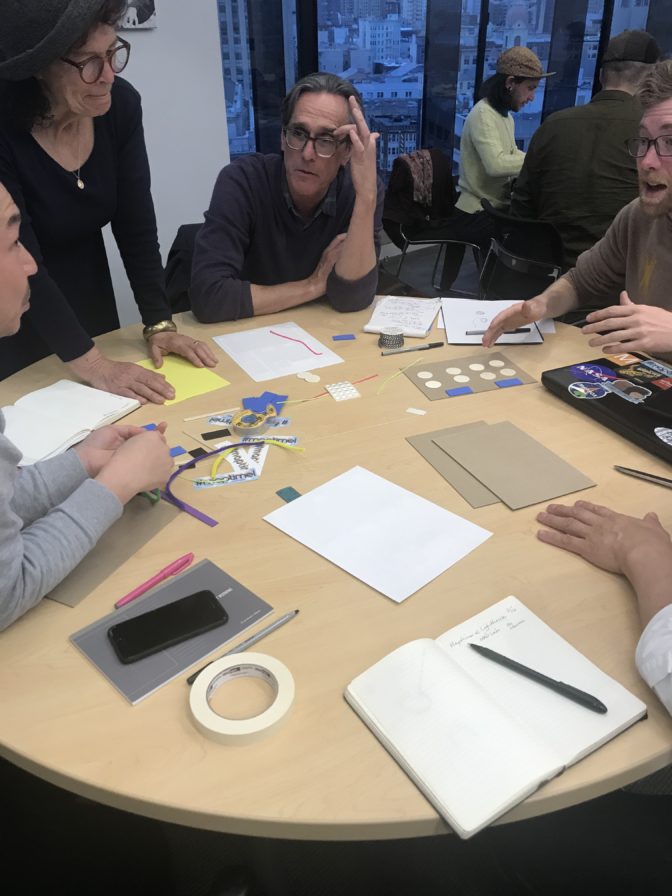
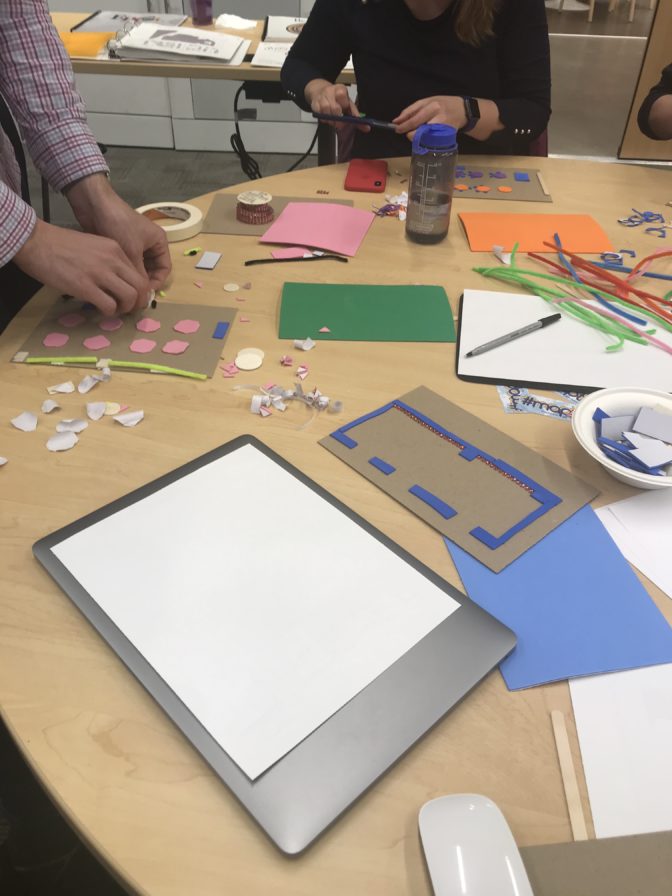
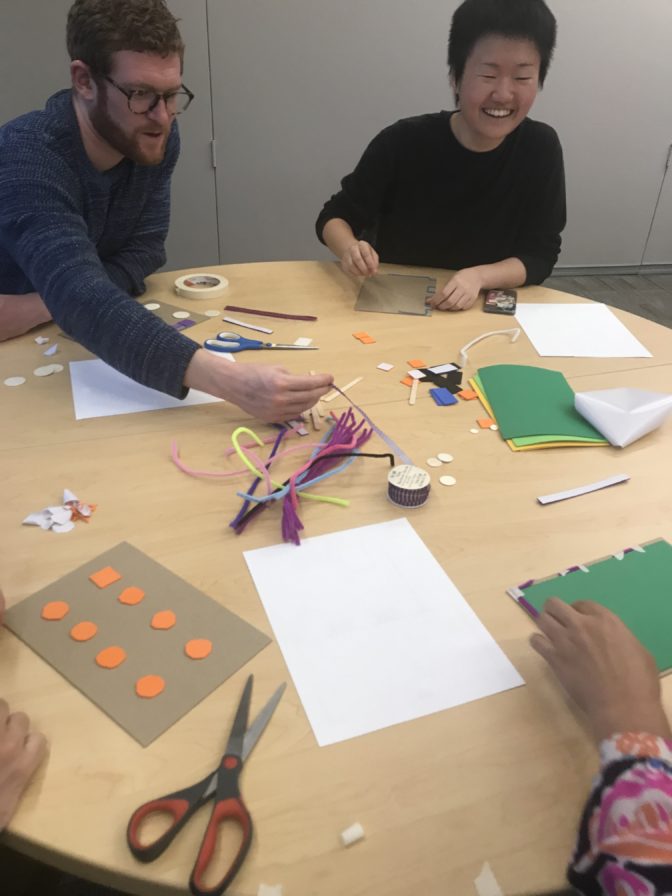
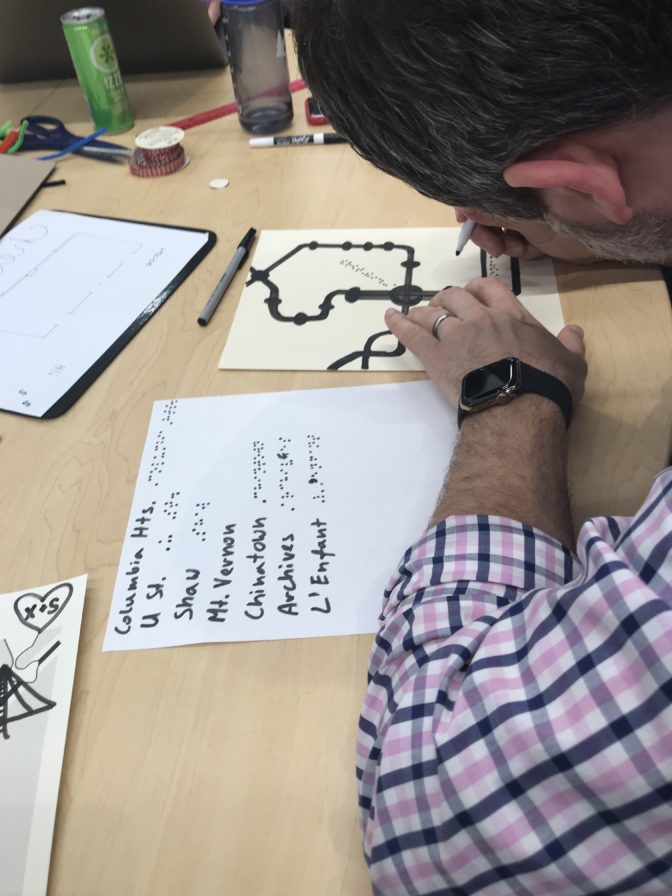
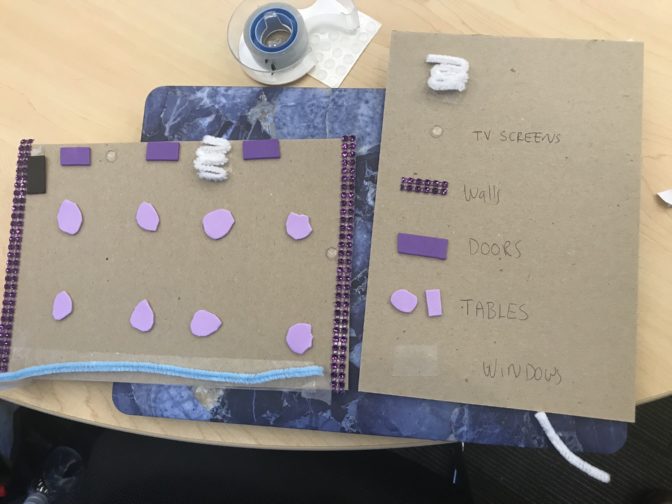
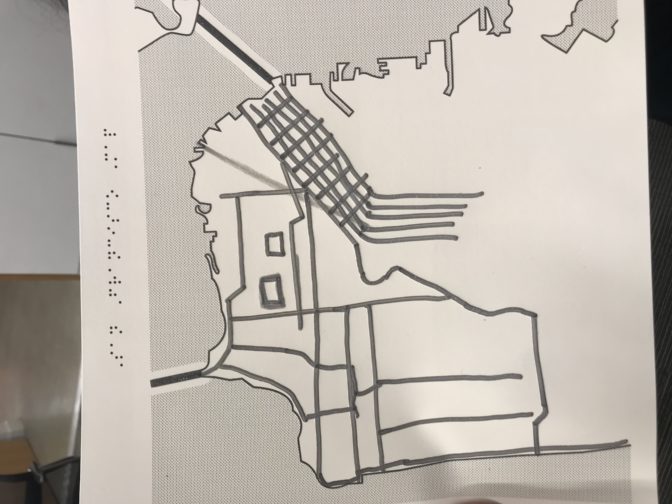
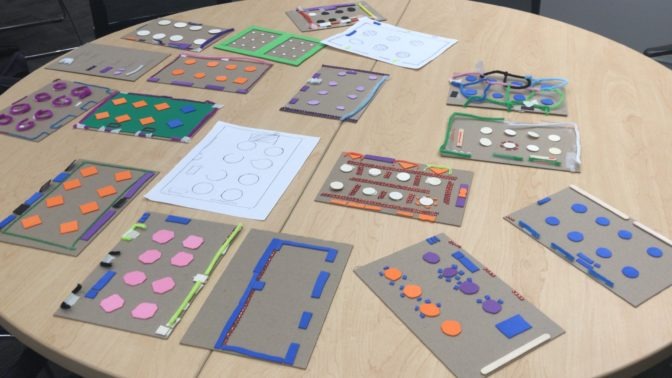
Maps for blinds help them to get off at the right subway station, grasp global affairs, plan museum trips, and remember the new office floorplan.